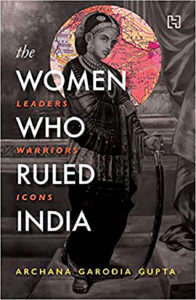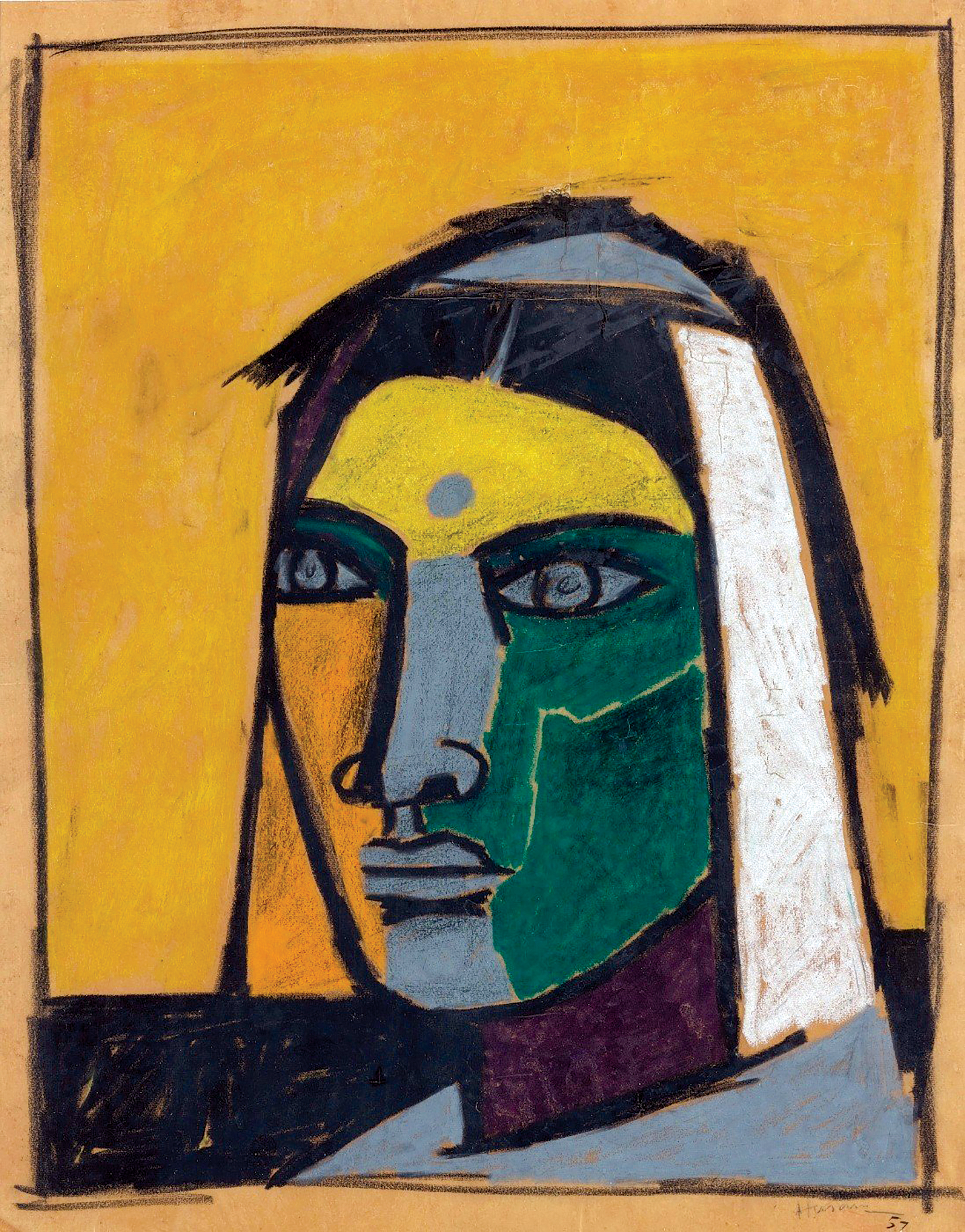The story of women icons is lost in a plethora of historical facts in this book but the reader will be gratified to learn how many of them ruled their kingdoms instead of retreating behind veils
There is undoubted merit in this effort to put together portraits of 22 women from the Indian sub-continent who wielded monarchical power over their kingdoms in centuries past. It is a valuable addition to feminist literature, reminding the world that sundry dynasties were as safe in the hands of royal women as they were in the hands of their brothers and fathers.
However, there is a problem with the presentation of the material. In Archana Garodia Gupta we have only a researcher, not a captivating storyteller. The result is that the reader gets lost in a maze of historical facts that she deemed necessary for providing a context to the women’s reigns. This is not completely the author’s fault, as very little is known about most of these women. Eulogies were not written about most of them by contemporary writers, as happened with Rani Lakshmibai of Jhansi. How, then, can an author put together a respectable amount of wordage to feature them in a full-length book?

Another limitation for the reader comes from the print format. The reader cannot fast forward, as in a video, or search for mentions of the lady as in a pdf, to get to the part where our heroine is described. Perhaps a better format for such material is historical fiction, a genre that a handful of authors attempted last year with Padmavati, piggybacking on the controversies surrounding a film based loosely on her life.
Picking out the needles from the haystack, this reviewer found the following interesting anecdotes:
- Didda of Kashmir (born 924 CE) had a foot defect, as a result of which she would be carried around by a woman even in running competitions, which she always won. At 26 years, she was married for political reasons to a king, and wielded so much influence over him that he began to be taunted about it. When he died, she was coerced to commit sati but resisted and became regent as her minor son took over the crown. He too died early of consumption and her three grandsons became king one after the other. Finally, she herself became queen.
- Raziya Sultan of Delhi (ruled 1236-40) was chosen as a successor by her father, who preferred her over his sons. Apart from subduing rebellious nobels, “she established schools, academies, centres for research and libraries. She was suspected of having an affair with her Ethiopian head of stables. She died in a battle to reclaim Delhi, which had been captured by her brother.
- Chand Bibi of Ahmednagar (ruled 1579-1599) was not only regent of Bijapur, her husband’s kingdom but ruler of her father’s kingdom. She ruled wisely, mediating between warring nobels. She was killed by her own men when she tried to negotiate a deal with the Mughals.
- Karnavati of Garhwal (ruled 1631-40) was famous for cutting off noses of enemy soldiers. She became regent when her husband was killed in battle. She “became a beacon of resistance for small kingdoms in Mughal India, inspiring them to preserve their kingdoms from invasion by one of the mightiest armies in the world.”
- The Attingal Queens, mothers of the kings of Travancore, ruled their territory independently for about 400 years, thanks to matrilineal traditions. One of them, Umayamma Rani (ruled 1678-84) was much eulogised by Europeans who encountered her.
Taken as a whole, a picture emerges from the book of how difficult it was for women to rule in the era before independence. They came from prominent dynasties, but that did not protect them facing a lot of resistance from within their kingdoms, with the male ego hurt by the prospect of being answerable to a woman. Over and above that, neighbouring rulers perceived them to be weak because of their gender and were emboldened to attack their kingdoms. They also saw a lot of bloodshed, very often within their families — and were not averse to cold-bloodedly ordering such killings. Power does corrupt.
Perhaps the best people who could draw inspiration from this book are the women politicians contesting the Lok Sabha elections. They could pick up these icons from their regions and bask in their glory. Nothing works better than a narrative built around a glorious past when the future is so uncertain. n





